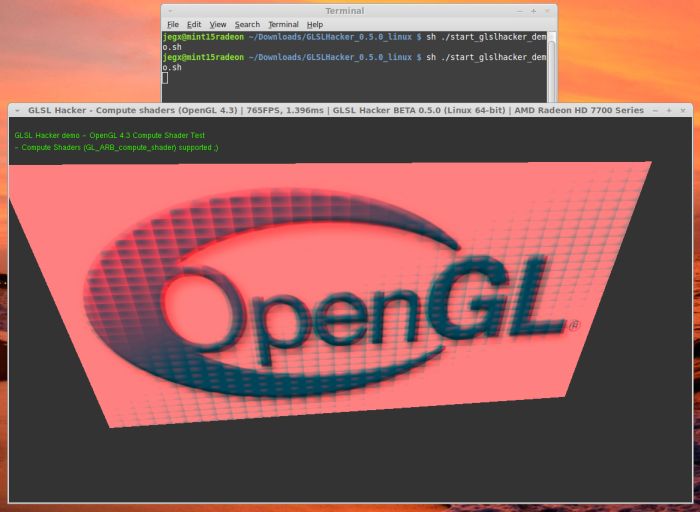

Among them, several papers in the field of augmented reality physics simulation were reviewed. We plan to use the stand-alone AR device including one or more cameras to improve the system in the future.Īccording to Chae et al., the research of physics simulation in the AR field is being carried out for the various purposes, such as expression of a virtual fluid in an augmented reality environment, a simulation of augmented reality ceramic production. As a result of the questionnaire survey, 93% of respondents answered that they would like to use it for education.

To verify the usefulness of the proposed system, we conducted a questionnaire survey of 10 students majoring in physics education. We have designed and implemented a system that provides the physical deformation and movement of 3D volumetric objects, and uses them in education. Soft body simulation can provide more realistic simulation results than rigid body simulation, so it can be more effective in systems for physics education.

In this paper, we present a video see-through AR (Augmented Reality) system that includes an environment recognizer using a depth image of Microsoft’s Kinect V2 and a real-time soft body simulator based on parallel processing using GPU (Graphic Processing Unit). The purpose of our research is to develop a real-time simulation system for physics education that is based on parallel processing. Physics education applications using augmented reality technology, which has been developed extensively in recent years, have a lot of restrictions in terms of performance and accuracy.


 0 kommentar(er)
0 kommentar(er)
